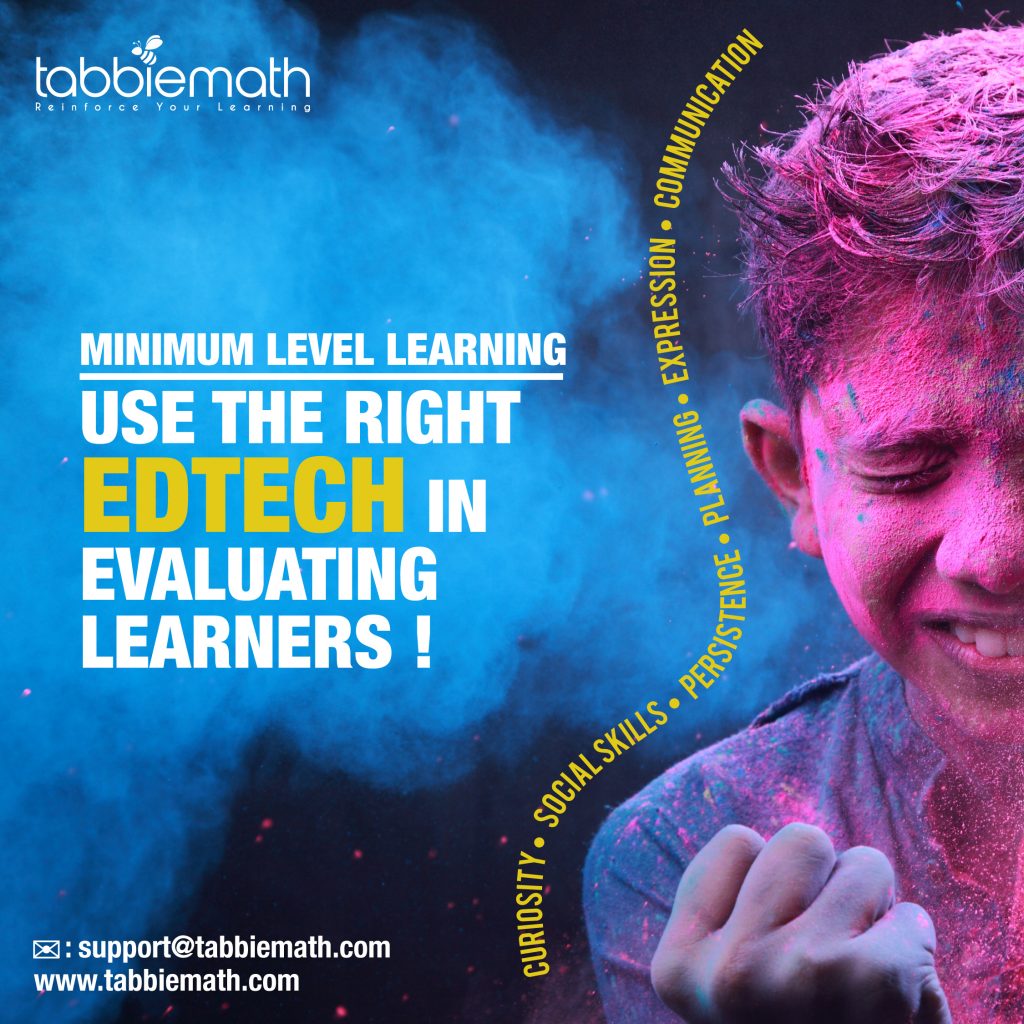MLL attempts to offer a standardised level of education across the country, irrespective of economic background, religion, or gender.
Research has shown time and again that childhood experiences and learning have lasting impacts.

Research has shown time and again that childhood experiences and learning have lasting impacts. Apart from social and emotional development, early childhood experiences contribute to shaping a child’s learning capacity and the way they process new information. This is where education in the foundational and preparatory years become crucial.
Children today are exposed to any number of early learning programmes and curricula that open them up to innovative and immersive methods of teaching. Such education programmes can be beneficial in developing creative expression, effective communication, self-regulation and discipline, planning skills, curiosity for learning, persistence, social skills, sensitivity, and a better understanding of self. They would work at honing their problem-solving skills, mathematical and logical thinking, listening skills, and writing skills.
In order to optimise the educational offering for children in their early years, India’s new National Education Policy 2020 divides the levels of education into four phases. The first five years of a child’s schooling make up the Foundational stage, and the next three years are the Preparatory stage, before they move on to the Middle and Secondary stages. Together, the first two stages cover children between the ages of 3 to 11.
This division has been made on the basis of the stages of cognitive development that children go through. In these stages, learning methods start with play-based, progress to activity-based, and through to classroom interactions. The first few years of childhood are when children are most open to new knowledge, learning something new through almost every situation. The foundation of social skills, emotional development, interaction with peers, scientific instinct, and a variety of other aspects are laid in these early years.
In order to ensure that these measures are efficient, it is imperative that education reaches all segments of society, and that it is imparted in an equitable manner no matter what the social or economic background of the child. It is in this context that Minimum Level Learning (MLL) was introduced.
MLL is a strategy for improving the quality of elementary education and attempts to offer a standardised level of education across the country, irrespective of geography, economic background, religion, or gender. It puts in place certain learning outcomes for each subject at each level, which measure competency for the different stages of early and elementary education. The goal is to ensure that all children acquire a minimum level of education of comparable standard.
India has been working on the MLL specifications since 1978 in connection with UNICEF assisted projects titled ‘Primary Education Curriculum Renewal’ and ‘Developmental Activities in Community Education and Participation’. After studies and evaluations, the NCERT put forth a document on MLLs specifically for primary education in 1986. These were specified according to subjects and grades, and included fundamental concepts that students had to be familiar with at specific stages in their primary education. Not only would this help set a minimum standard of learning for the students, it also serves as a guide for teachers on the areas that require emphasis.
When formulating MLLs, there are some basic underlying considerations: the cognitive capabilities of the children according to their age, and the empirical reality of the conditions and prevailing environment of education programmes. For students in the foundational and preparatory stages, MLL would ensure that no matter what kind of schooling the child received, a certain level of proficiency has been achieved in reading, writing, mathematics, etc.
MLLs also aid in formulating curricula that have clear-cut learning objectives, teaching objectives, and learning outcomes, helping teachers to adopt suitable approaches and methods in the teaching process, and evaluating the learner’s achievement effectively.
If implemented widely and efficiently, the MLL strategy could go a long way in ensuring that children build a strong base to their development and education, and have a minimum level of learning in place, no matter what their economic or social conditions are. For a country as diverse as India, it goes without saying that such a system could be highly beneficial for a large segment of future citizens.
Though, there is always the risk that a vast majority are exposed only to the minimum criteria, while a select few in exclusive schools may have curricula that go over and beyond the basic minimum, creating a wide rift in the capabilities of the students. The categories that are at the risk of falling through the gaps include economically backward communities, disabled people and religious minorities. For instance, the 2011 Census showed that up to 45% of disabled people in India had received no education.
With the adoption of technology, as suggested by NEP 2020, these gaps could be closed. As more schools digitise their teaching methods, the barriers to equitable education are removed. The NEP makes provisions for accessing all marginalised groups, by incorporating accessible infrastructure, special educators with cross-disability training, and the gender inclusion fund aimed at bringing more girls into the fold of education.
Another area of concern is the number of dropouts. Though India has achieved almost 100% enrolment at the primary level, only about 30% of those enrolled graduate from class 12. (But the good news for inclusivity is that female participation has increased – at the elementary level, the gender parity index rose from 0.98 in 2009-10 to 1.05 in 2015-16.) NEP 2020 suggests methods to reduce the dropout rates: trained teachers, good infrastructure, providing conveyance and hostel accommodation, counsellors, and innovative education centres to dropouts to be brought back.
Together with infrastructure, technology and active interaction with the community of parents and students, India is poised to build a strong foundation for the education sector.